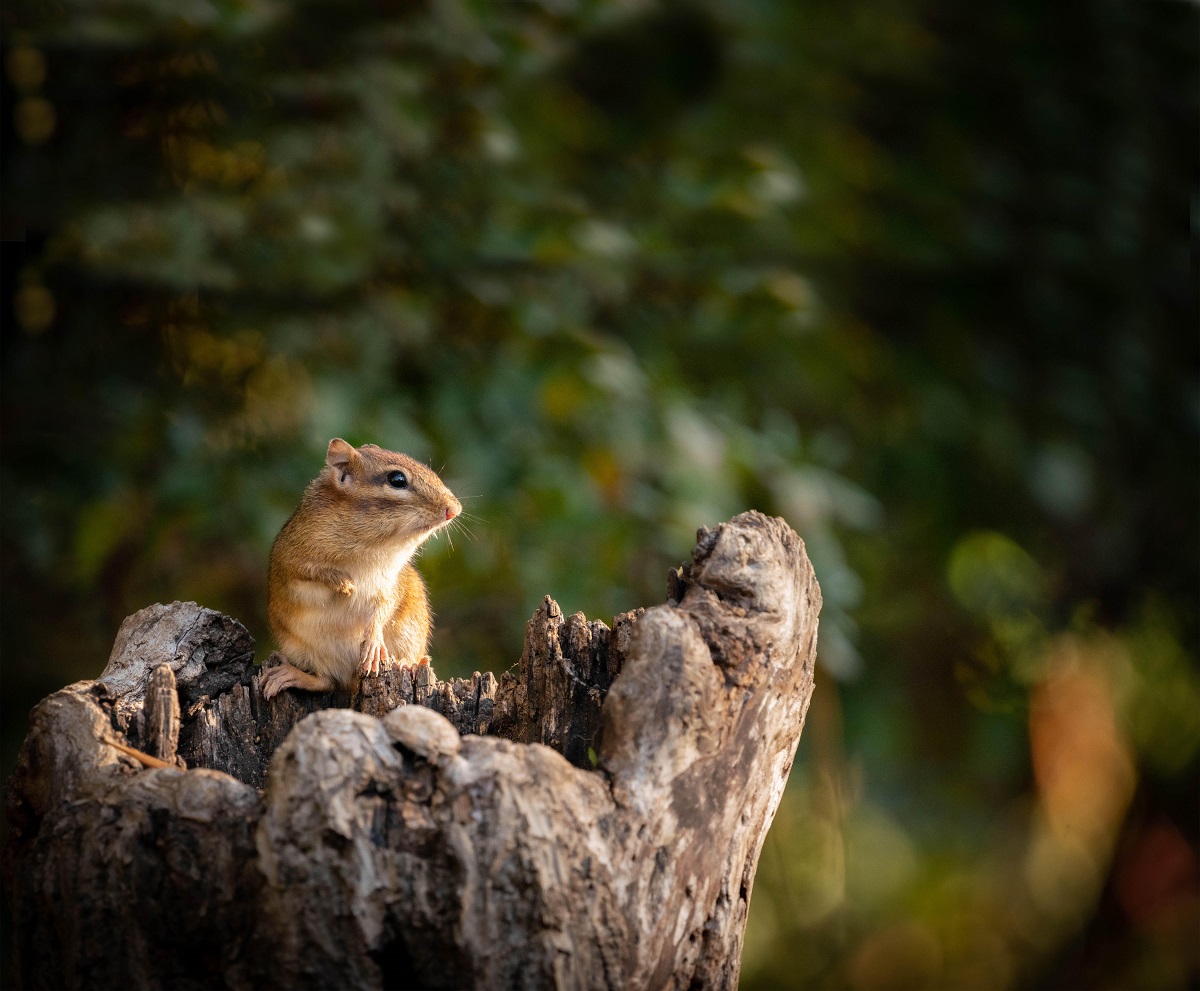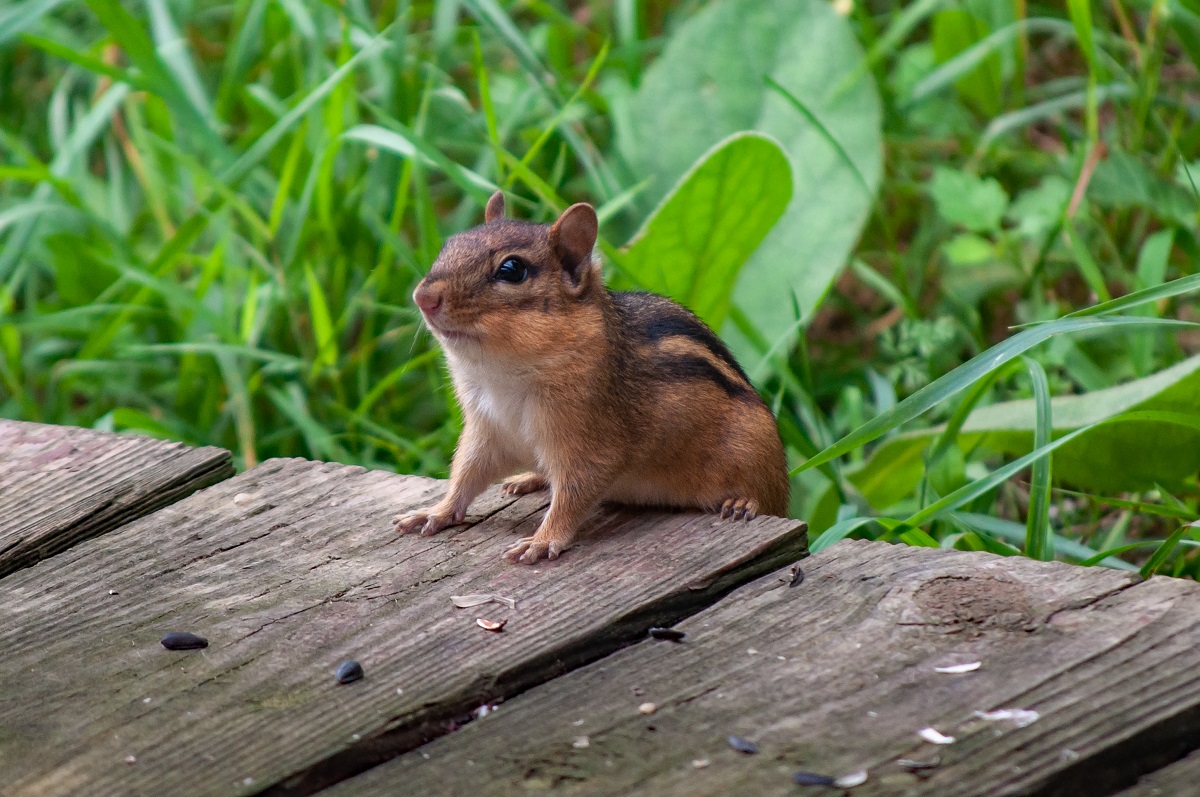
The sighting of a chipmunk on the state’s coast in spring 2021 sparked the curiosity of biologists with the North Carolina Wildlife Resources Commission, prompting biologists to ask residents east of Interstate 95 to report any sightings.
Chipmunks were only known to live north and west of Wake County until last year, before a photograph of a chipmunk in Wilmington last May was provided to commission biologists.
Supporter Spotlight
Biologists learned through the reported observations that the mammal’s range had expanded.
“Thanks to reported sightings of chipmunks this past year, we were able to confirm eight new counties for the chipmunk range map. We are excited about these results and want to extend our search,” said Andrea Shipley, a mammalogist with the Wildlife Commission. “We are specifically interested in sightings from counties east of I-95.”
The commission is still asking anyone in a county east of I-95 that observes a chipmunk or its habitat to take a photo, note the location with GPS coordinates if possible, and contact the Wildlife Commission’s NC Wildlife Helpline during regular business hours, 866-318-2401 or email HWI@ncwildlife.org.
The eastern chipmunk, which can be found urban and rural habitats, prefers open woodlands or forest edges, with plenty of cover and dry hillsides for digging burrows, according to the commission. The chipmunk is most active in early morning and late afternoon, gathering and storing seeds, nuts, acorns and berries.
Chipmunks have reddish-brown fur, a black stripe down the center of its back and a set of two black stripes. Smaller than squirrels, chipmunks measure 8 to 10 inches long, 3 to 4 inches of that is tail.
Supporter Spotlight

Chipmunks have large cheek pouches, usually full of nuts or seeds to unload in an underground storage burrow, which provides protection from predators such as hawks, owls, foxes and snakes, and safe quarters during winter months, when cold weather brings on a state of deep sleep.
Unlike squirrels, chipmunks spend most of their time foraging on the ground, climbing trees only occasionally.







